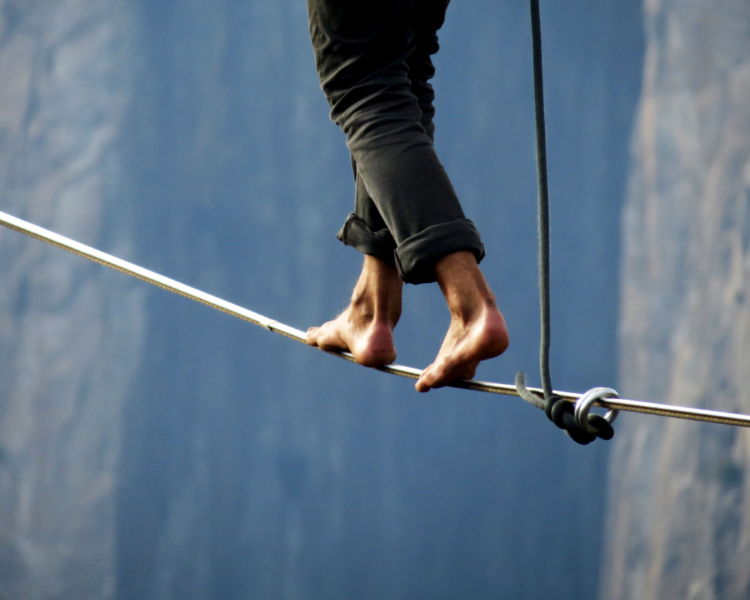
It sounds like a simple idea, but it's not. If you stop to think about it, all the crises we are aware of, either through our own experience, through the press or even through books, series and films, were once risks – mapped or not. When we realize that all crises could be avoided or mitigated, the first question we ask is: so why aren't they?
First, because managing risks is a job that requires technical expertise, investment, training, accountability and, more recently, speed and constant updating.
Second, because all strategic, financial and operational risks of organizations also generate – and, nowadays, even more forcefully – reputational threats. In order to be able to identify what actually generates a reputational threat, we need to know in some depth the beliefs, values and behaviors (always evolving) of individuals in society.
It is not, therefore, a simple job, but it is absolutely necessary in the construction of long-lasting business projects and brands with legacy value and ambition.
If you're just starting out, think about these first three steps:
1. Gather a multidisciplinary team, knowledgeable about the business, the sector and the context in which the company operates;
2. Raise the challenges of each area, ask what could go wrong, what is the impact (for the business, for people and society) of this eventual occurrence and what control mechanisms associated with this risk exist today;
3. Develop a simple method for assigning a severity level to each risk and immediately start treating those identified with the greatest impact if they occur.
Our recommendation: always start with the risk that represents the greatest damage in the event of an accident and not necessarily with the one with the highest probability of happening.
Anik Suzuki is CEO of ANK Reputation
anik@ankreputation.com.br

